How to choose an orchid?
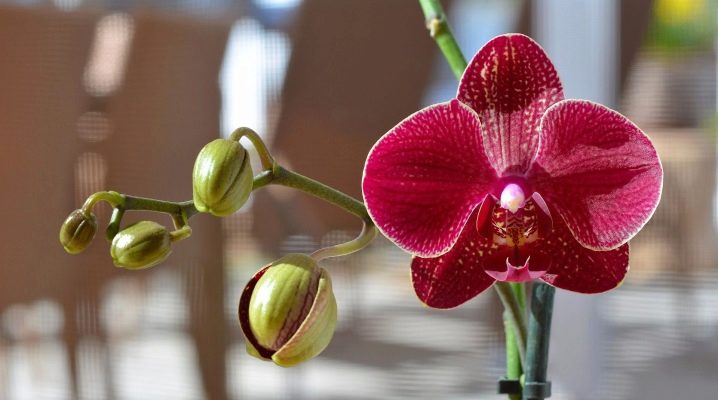
More recently, orchids seemed to us inaccessible exotic plants that can only be grown in a greenhouse. But in fact, many species of these exquisite plants feel great at home. You just need to carefully study and correctly apply the recommendations of specialists for the acquisition and care of these demanding, but amazingly beautiful flowers.
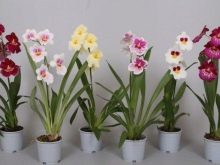
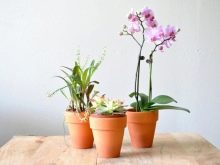
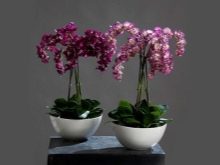
Variety of species
Orchids (orchids) are a very large family of monocotyledonous plants. Its representatives are easy to meet everywhere (they are not, perhaps, only in Antarctica), but most of all orchids grow in tropical forests that are comfortable for them.
Epiphytic orchids prevail here, growing on other plants and using them as a support without parasitizing.
These unusual plants in the wild are very diverse: in the form of perennial grasses, shrubs, lianas. Orchids are also different in size - from a couple of centimeters to tens of meters.
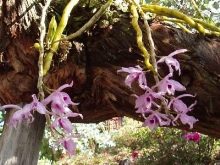
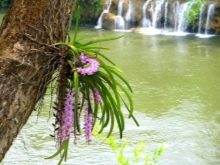
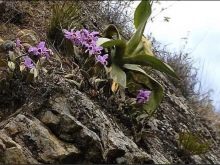
Structure
Epiphytic orchids have special aerial roots, they do not need soil, take part in photosynthesis and absorb moisture from the air. Leaves are simple, fleshy, alternating.
Orchid flowers vary greatly in color and size, representing either an ear with single flowers, or a brush with several inflorescences. The orchid fruit resembles a dried boll, hiding up to 4 million seeds. Under especially ideal conditions, orchids live in nature for about 100 years and up to 70 years in greenhouses.
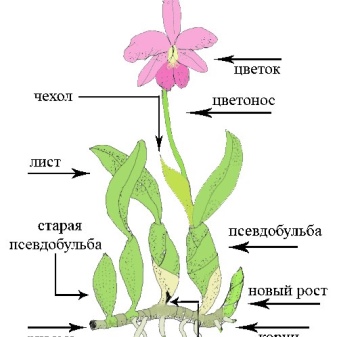
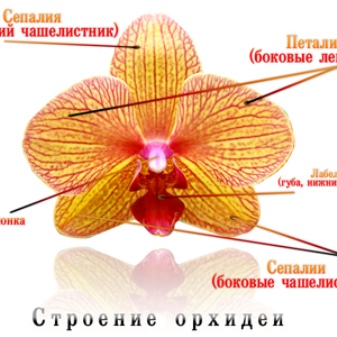
Where can I get it?
If you have the time, desire and home conditions to grow orchids, then you can go to pick these unusual flowers in the greenhouse (this is the best option), to a flower show, to a market for gardeners. The easiest and most affordable option for everyone is to go to a flower shop or a shopping center. But keep in mind that in the context of non-specialized stores, flowers cannot be kept in ideal conditions for long.
Therefore, when buying, even before starting to inspect the orchid, it will be the right decision to ask how long the flower has been in the store.
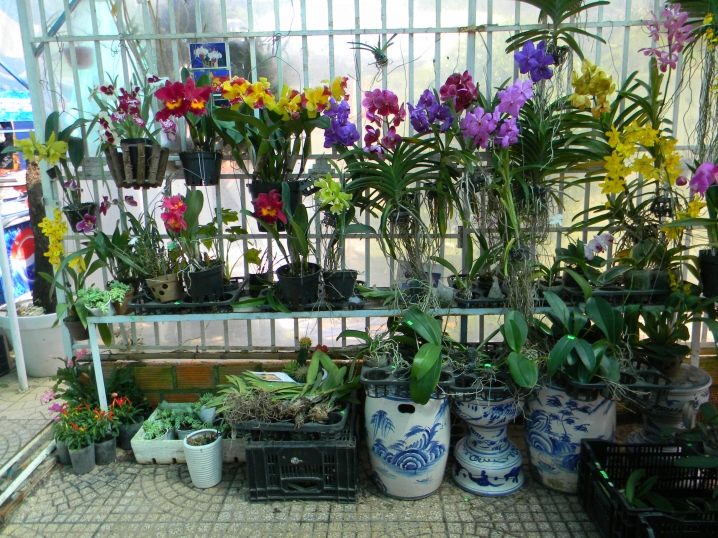
What should you pay attention to?
Before proceeding directly to the inspection of the orchid, carefully examine the shelf with these plants: it should look dry and clean. There should also be no water in the tray where the pots are standing. The pots must be transparent and contain holes for ventilation of the roots. The soil is preferable dry, under this condition the plant tolerates moving better. Besides, there should be a sticker on the container with the name of the orchid and recommendations for its maintenance.
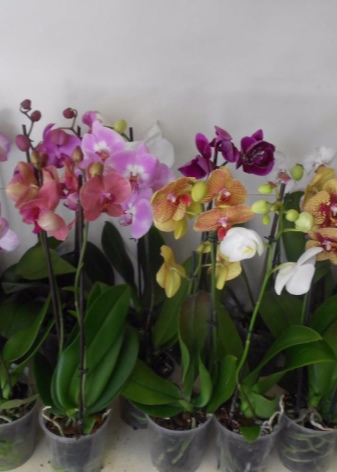
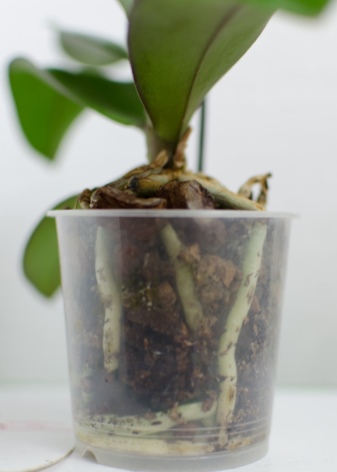
Orchid inspection
Next, proceed to a close inspection of the flower that you like. When looking at parts of a plant, you should pay attention to the following signs.
- Plant age... Young seedlings have few leaves and no peduncle. They cost less than adult specimens and usually bloom after a few years.
- Roots... Root health is very important for an orchid, because in this plant they are involved in photosynthesis. Ideal when they are green or grayish in color. The roots of a well-groomed plant have firmness and elasticity to the touch.
- Leaf condition... If the leaves of the orchid you like have shades of green, dense structure and elasticity, then the plant is in good condition. It is categorically not worth buying a flower with flabby yellow leaves that have mechanical damage, spots or a sticky coating. Look closely at the outside and inside of the leaves for insect pests.
- Peduncle... It would be ideal to choose an orchid, which, in addition to already blossoming flowers, has buds. Sometimes, when moving from stress, the orchid sheds flowers, while the buds remain and soon bloom. Flowers should look fresh and firm, without all kinds of stains.
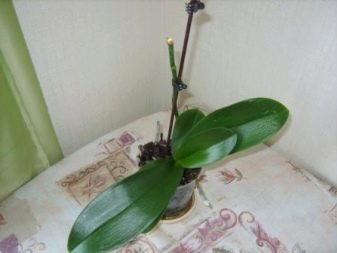
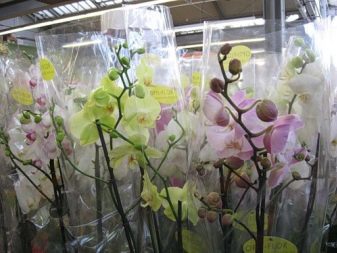
The most unpretentious species
Unsurprisingly, there are orchid species on the market that are not particularly difficult to care for at home. Most often for successful growing at home or in an apartment experts recommend such types as Phalaenopsis and Phalaenopsis hybrid, Dendrobium, Pafiopedilum (Lady's slipper), Cymbidium and Oncidium.
Phalaenopsis
This is by far the most popular type of orchid. It is often called the butterfly orchid for the similarity of the flower shape to this beautiful insect. Phalaenopsis has the ability to form several peduncles at once. In terms of color, the inflorescences of orchids of this species are very diverse: from snow-white to black. Home grown
Phalaenopsis is contraindicated in direct sunlight, and it also needs a strict temperature schedule, only then it will bloom 2 times a year for several months.
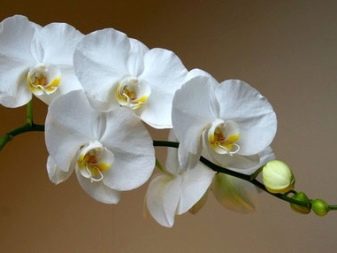
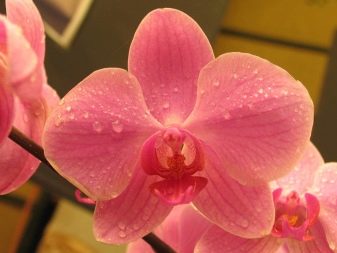
Phalaenopsis hybrid
These orchids are biologically closer to the Dendrobium species, but outwardly resemble Phalaenopsis. Violet or crimson color of flowers predominates. This species is not capricious in terms of temperatures. He quickly adapts to growth in an apartment.
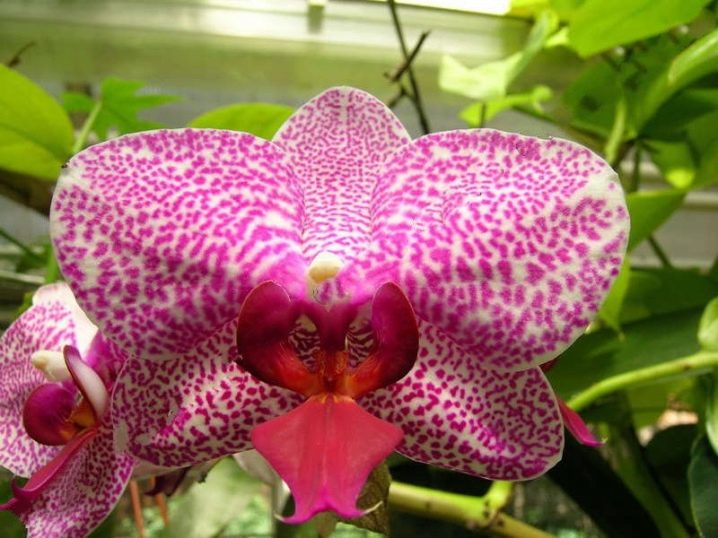
Dendrobium
Hybrid forms of this species with red, yellow or white flowers are very popular. Dendrobium feels great in cool rooms, loves humid air. It can also be displayed on a balcony or loggia.
When temperatures rise, this type of orchid stops blooming, and it has children, which can then be planted in other pots.

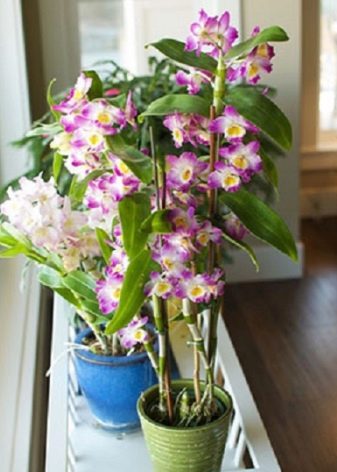
Papiopedilum
This species is called the Venus shoe (or simply the shoe) for the unique shape of its flowers. In fact, its inflorescences are incredibly reminiscent of shoes or slippers. Paphiopedilum blooms almost all year round, since the flowers appear several times a year and do not fall for many months. This orchid also has beautiful leaves with various patterns, stripes, spots.
Hybrids of this type feel very good in the room, they are cold-resistant, they like diffused light.
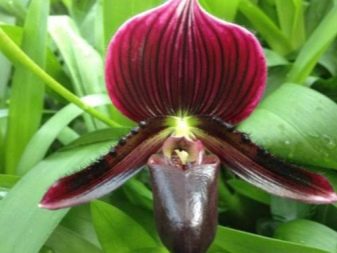

Cymbidium
A characteristic feature of this species is pseudobulbs. These are false bulbs that can accumulate water and nutrients; they shouldn't look wilted if the plant is healthy. For successful flowering, Cymbidium needs good lighting and a temperature difference between day and night. It can produce several peduncles, flowers are colored in different ways. The leaves of this plant are narrow and oblong in shape.


Oncidium
Oncidium is also an unpretentious orchid. This species has pseudobulbs, due to which these plants can be without water for a long time. Oncidium flowers are yellow with brown or reddish specks. This orchid is sometimes called the "dancing doll", as the flowers look like dancing girls in wide yellow skirts.
But Oncidium does not always bloom regularly in indoor conditions.
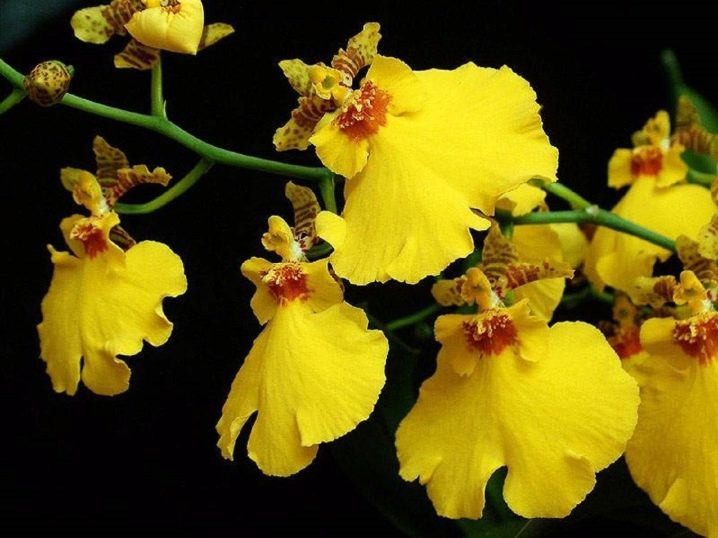
Useful Tips
Anyone who wants to successfully grow these wonderful flowers at home, it is worth carefully reading and remembering the following recommendations of the most experienced florists.
- Do not move orchids in subzero outdoor temperatures. The ideal temperature recommended for transporting these plants is not lower than 13-16 degrees Celsius.
- Purchase a special primer from the store immediately. for orchids and pot containers in case the plant needs an urgent transplant.
- In an active, healthy plant, all parts are always proportional and harmonious.
- When you have brought your orchid home, do not rush to remove the packaging. Place the flower away from heating appliances and let it sit for a few hours to acclimate.
- If the soil is not overdried, then do not water the purchased plant for 3-5 days.
- It is best to place orchids on the eastern side of the home and keep them isolated from other flowers for the first month.
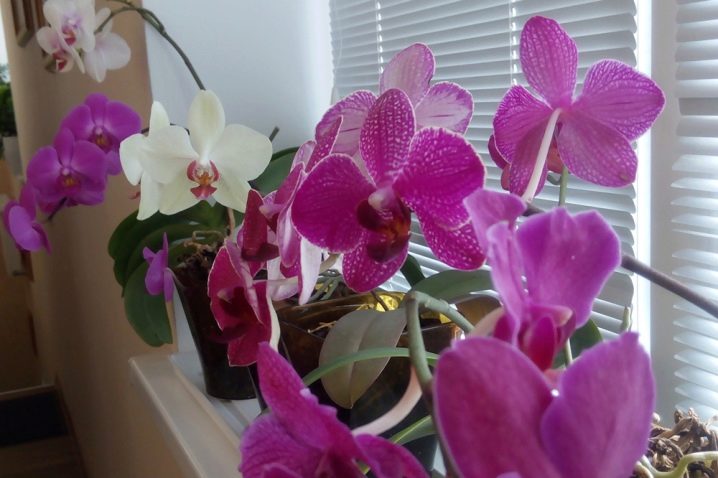
When choosing an orchid, always consider your home microclimate and interior features. These charming flowers, when strategically located and daily cared for, can transform your home into a fabulous fragrant space. In addition, contemplation of the beautiful is stress therapy that is so necessary for all of us in an age of rapid speeds.
Tips for choosing an orchid are waiting for you in the next video.































The comment was sent successfully.